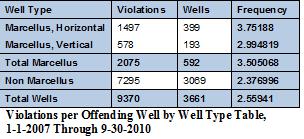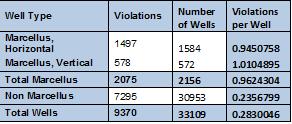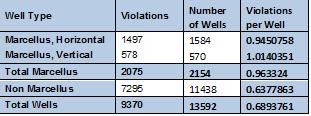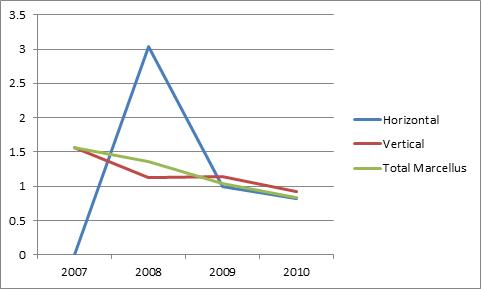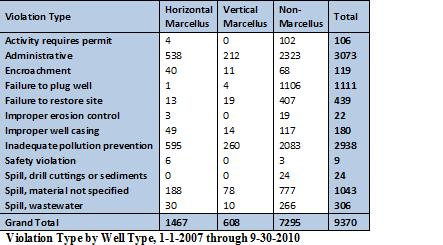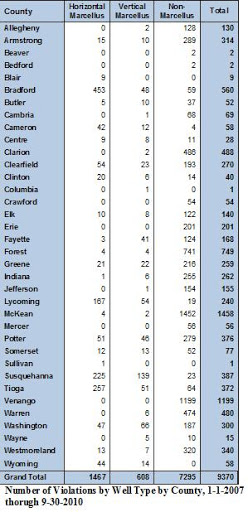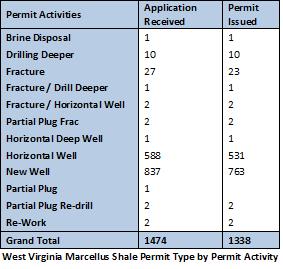Denver, CO – Day 3 of the APHA Conference
By Samantha Malone, MPH, CPH – Communications Specialist, CHEC & DrPH Student, University of Pittsburgh Graduate School of Public Health (GSPH); & Drew Michanowicz, MPH, CPH – GIS Specialist, CHEC & DrPH Student, GSPH
Aquaculture and public health: Implications for food systems and the environment
On Monday morning, Drew and I attended a session on ‘aquaculture’ at the APHA conference to learn more about United States’ reliance upon aquaculture (seafood farming) and the environmental public health concerns associate with it. No, natural gas drilling was never mentioned. Our reason for attending this session was to learn more about the advantages vs. disadvantages of consuming farmed fish so that we can be responsible AND healthy consumers. This session had three speakers, and although they all did a great job, my hands-down favorite presentation was the one by Casson Trenor, MA – “Fish, forks, and the future: How a global environmental organization is working to improve the relationship between seafood markets, consumer demand, and the health of our oceans.” During his presentation, Trenor, of Greenpeace, strongly communicated the need to consider the sustainability of our seafood choices as consumers. One was was to avoid eating farmed salmon.
More importantly, however, Trenor’s presentation highlighted another multi-disciplinary problem; different fields often do not communicate very well with one another. A previous speaker during the same session encouraged eating farmed salmon because of the health benefits of the Omega-3 fatty acids and the low amounts of mercury found in farmed salmon. The problem with this, according to Trenor, is that raising farmed salmon can be very unsustainable. Public health says, “Eat more seafood, because it is good for you.” Unfortunately, we are consuming seafood at rates much too high to continue to meet the demand down the road. What Trenor suggested was that environmental and public health organizations need to develop collaborative messages that advise people on the best practices from both fields. Eating fish that are lower on the tropic level (lower on the food chain), such as sardines for example, would be the best of both worlds; raising sardines does not require as many resources as farmed salmon (good for the environment, which is good for everyone), and they are high in Omega-3 fatty acids and low in mercury (good for your health).
Correspondingly, people seeking information about natural gas drilling often experience conflicting messages, as well. Residents and policy-makers want to know the risks vs. the benefits of drilling, but where should they look? I feel this is a major concern to properly protecting health, the environment, and the economy. — Public health strives to prevent negative health impacts as a result of the drilling by looking at the risks, but this might mean suggesting that drilling should not occur at all. Engineers attempts to develop the most effective technologies, and yet they do not always focus on technologies that reduce pollution. Environmental groups are concerned with the conservation and protection of their environment, but may dismiss the economic benefits that leasing mineral rights could have for private citizens. Industry works to maximize profitability and efficiency, potentially overlooking environmental and public health impacts, and yet they also need to reduce the occupational risks to their employees. What is the balanced answer? Is there even a “right” answer? For people considering leasing their mineral rights or those involved in policy making, I suggest looking at collaborative tools, such as FracTracker’s DataTool (link archived), your departments of environmental protection, and talking with your municipality about how drilling is being dealt with on a local level.
Emergency Preparedness and Older Adults
On Monday afternoon I was able to attend a great session about the various public health preparedness needs of aging communities. One of the presentations assessed whether the needs of people with chronic diseases are properly addressed during natural disasters. (How long could you go without your blood pressure medicine if there was a major flood in your state?) The main reason I attended this session, however, was to hear a talk by Sharon Larson, PhD of the Geisinger Center for Health Research about “An examination of an aging community when natural gas drilling comes to town.”
Dr. Larson conducted a rural health needs assessment in an Eastern PA community recently and was presenting the results of her study. To summarize her presentation, rates of poverty and elderly populations are higher in rural areas. In the community that she assessed, residents held very little social capital, must drive 55 miles to the nearest hospital, lost jobs due to the decline of the logging industry, and were experiencing a very high suicide rate. Residents wanted to know why. To her surprise, Dr. Larson’s health needs assessment found that one of the biggest concerns that this community had was that of Marcellus Shale natural gas drilling.
“Why?”, you might ask. The people who took part in this study certainly place a high value on the quality of their natural resources, yes, but more importantly, it is an aging community. The youngest EMS volunteer is 65 years old. This presents a significant public health concern in the event of a gas drilling accident. The EMS volunteers did not feel that they were adequately prepared to deal with a major incident. For any industry members who happen to read this post, I advise you to contact Dr. Larson to coordinate community EMS trainings and perhaps provide additional EMS personnel for the community, if possible.
—
Second blog post in a series of three. Read the first one. Check back soon for number three.
